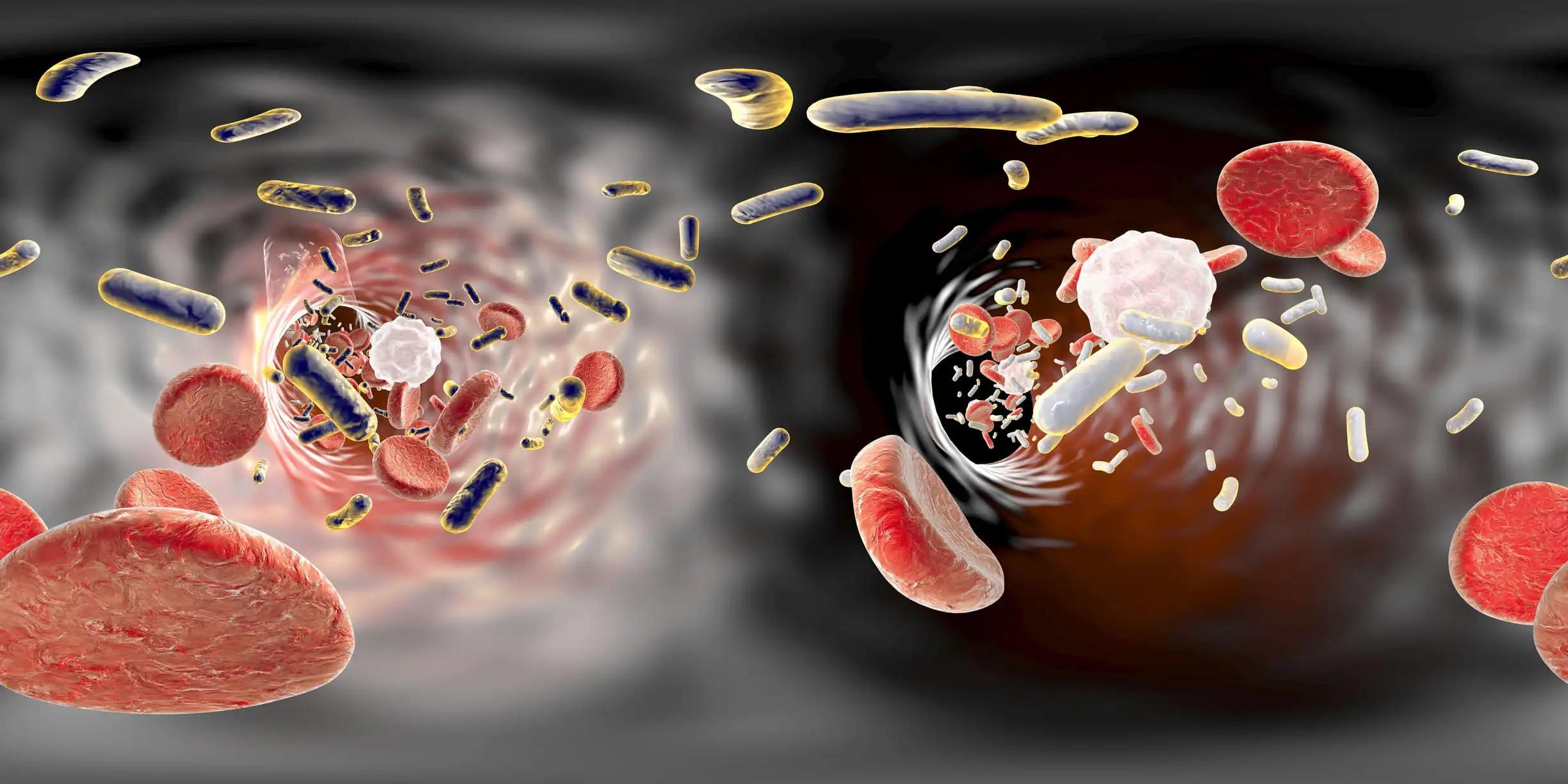KEY TAKEAWAYS
- The study ECHELON-2 trial (NCT01777152) Phase III aimed to estimate adjusted efficacy and cost-effectiveness of brentuximab vedotin (BV) plus cyclophosphamide, doxorubicin, and prednisone (CHP) in CD30+ peripheral T-cell lymphoma (PTCL) patients by removing the effects of BV re-treatment.
- The inverse probability of censoring weights (IPCW) and two-stage estimator (TSE) approaches were used to remove the effects of BV re-treatment from overall survival (OS) in the BV+CHP arm of the ECHELON-2 sALCL population.
- The study concluded that after adjustment for BV re-treatment, BV+CHP remains an efficacious and cost-effective treatment in frontline systemic anaplastic large cell lymphoma (sALCL).
The ECHELON-2 trial (NCT01777152) conducted in January 2013 was a randomized controlled trial that showed brentuximab vedotin (BV) in combination with cyclophosphamide, doxorubicin, and prednisone (CHP) to be more effective than CHP and vincristine (CHOP) in treating frontline CD30+ peripheral T-cell lymphoma (PTCL), a type of aggressive cancer that has poor survival rates. A variant of PTCL called systemic anaplastic large cell lymphoma (sALCL) was seen in 70% of the patients in ECHELON-2. After progression from BV+CHP and CHOP, 36% (n = 17) and 56% (n = 36) of sALCL patients received subsequent BV-containing therapy, respectively. Since BV re-treatment was not funded in England then, the aim was to determine the adjusted efficacy and cost-effectiveness by removing BV re-treatment from BV+CHP. To eliminate the impact of BV re-treatment, the ECHELON-2 sALCL population’s overall survival (OS) in the BV+CHP arm was assessed using two methods: the inverse probability of censoring weights (IPCW) and two-stage estimator (TSE), with and without re-censoring. The cost-effectiveness was determined using a three-state partitioned survival (PartSA) model from the perspective of the National Health Service (NHS) in England.
The unadjusted hazard ratio (HR) for death in patients with sALCL with BV+CHP versus CHOP was 0.54 (95% CI 0.34, 0.87; p = 0.011). The model’s base case employed TSE analysis without re-censoring, resulting in an adjusted HR for death of 0.55 (95% CI 0.33, 0.86; p = 0.014). The incremental cost-effectiveness ratios (ICERs), including and excluding re-treatment with BV, were £29,760/QALY and £27,761/QALY, respectively. The study suggested that the TSE method, without re-censoring, produced the most clinically reasonable survival estimate while retaining sufficient information for OS extrapolation. After accounting for BV re-treatment, BV+CHP remains a successful and cost-effective first-line treatment option for sALCL compared to CHOP.
Source: https://pubmed.ncbi.nlm.nih.gov/36057890/
Clinical Trial: https://clinicaltrials.gov/ct2/show/NCT01777152/
Cranmer H, Trueman D, Evers E, Woodcock F, Podkonjak T. Brentuximab Vedotin Plus CHP in Frontline sALCL: Adjusted Estimates of Efficacy and Cost-Effectiveness Removing the Effects of Re-Treatment with Brentuximab Vedotin. Pharmacoecon Open. 2022 Nov;6(6):881-892. doi: 10.1007/s41669-022-00349-z. Epub 2022 Sep 4. PMID: 36057890; PMCID: PMC9596633.



